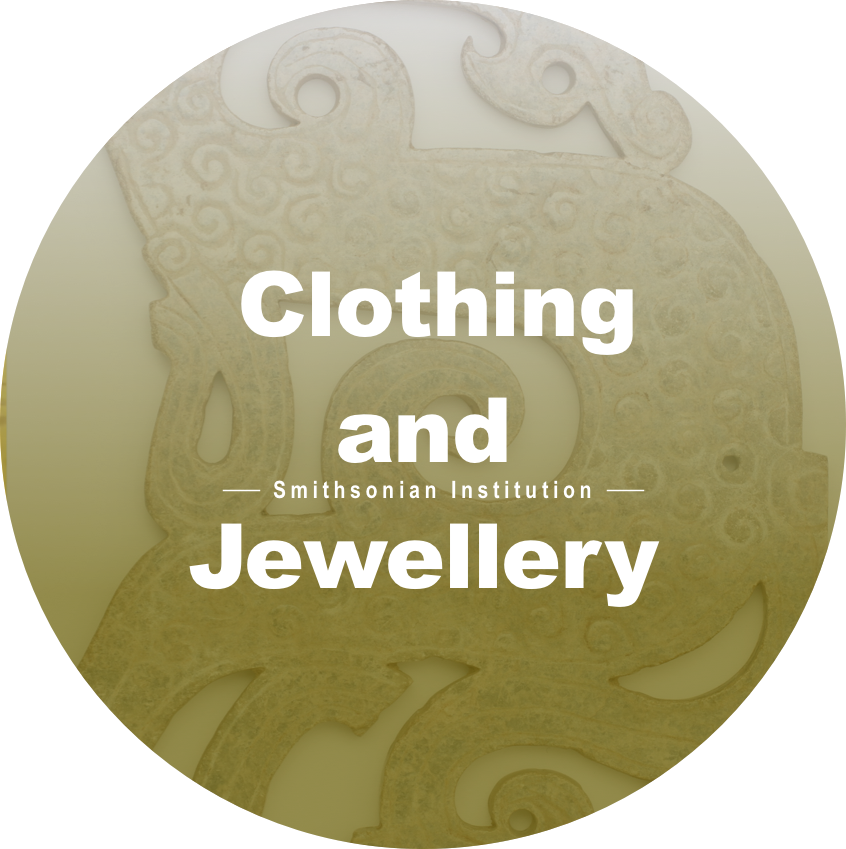Kingfisher Feather Hair Ornament : Tian-tsui

Portrait of Chinese Woman in a Kingfisher Headdress
Year: ca.1949
Place: China
In this Qing Dynasty portrait, a woman of the period wears a kingfisher-feather headdress. As the last of China’s feudal dynasties, the costumes of the Qing dynasty reflected an elaborate artistic style and displays wealth and status. The colour and quality of the jewellery can be preserved for a long time, making it ideal for culturally significant objects.
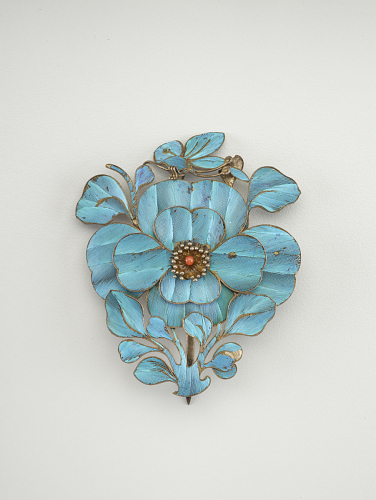
Flower Shape
Year: Qing Dynasty
Place: China
This traditional practice, however, resulted in the endangerment of kingfishers – the current Chinese law now lists the blue-eared kingfisher as a Class II national protected animal.
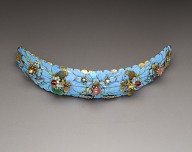
Metal Detailing
Year: Qing Dynasty
Place: China
Kingfisher feathers were once a popular material in traditional Chinese crafts, specifically Tian-tsui (点翠 ‘Diancui’ in Chinese), a traditional jewellery-making craft using kingfisher feathers.
The craft was practiced from the Han Dynasty (202 BC – 9 AD), becoming popular in the Qing Dynasty (1736 – 1795)
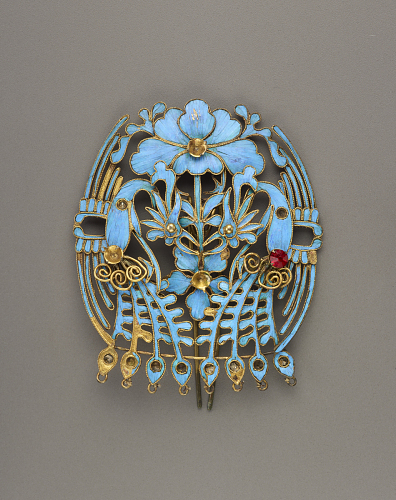
Glass Detailing
Year: Qing Dynasty
Place: China
Tian-tsui was often seen in upper-class and royal families, used in heirlooms and jewellery of cultural significance. The feathers had a vivid, luminescent colour that became increasingly popular with the Chinese public.
Ivory Button
Year: 19th Century
Place: France
In the later 19th century, Ivory became a fashionable material throughout Europe as the demand exploded from the Central African trade border.
This is reflected in examples such as this ivory button, made in 19th-century France. The trade of antique ivory, especially of items with cultural heritage, is still a debated topic. The sale of ivory is linked heavily to the slave trade.
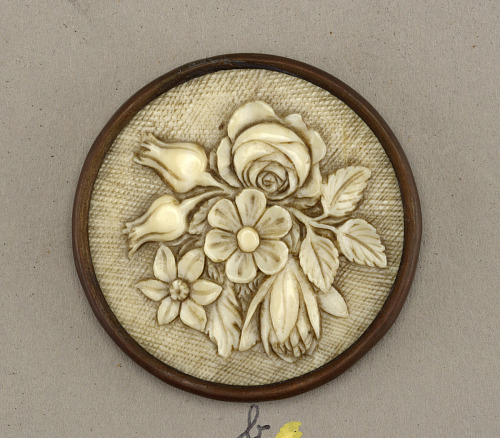
Costume
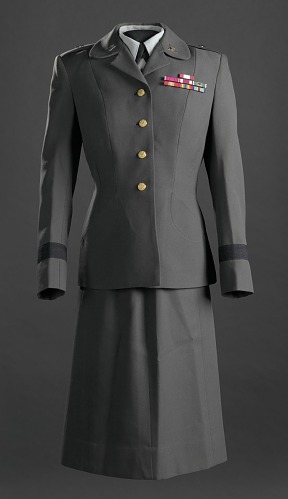
Women’s Army Service Uniform
Year: 1980
Place: USA
This uniform was worn by the first female African American general in the US Army, Hazel Johnson-Brown.
It was made of polyester, marketed to the public by the 1950s as a ‘miracle fabric’ – popular among housewives, as the material was non-creasing.
Now, polyester is one of the world’s most popular fibres. Polyester clothes shed microplastics, which leech into the planet’s water cycle and cause harm to aquatic life. However, it is seen as a highly functional, affordable material.
.jpeg)
Cheong Sam
Year: c.a 1930
Place: China
This cheongsam, also known as a Qu Pao, was a modification of a traditional Chinese dress by Western designers – in order to more closely fit the wearer’s form. Made in 1930, this style of dress became popular in the 1950s and 1960s. This dress is made of a satin blend (typically polyester), which became a popular weave fabric in the 20th century due to its affordability.
Silk, due to the increased demand for production, is now seen as far more environmentally damaging than satin weaves.
